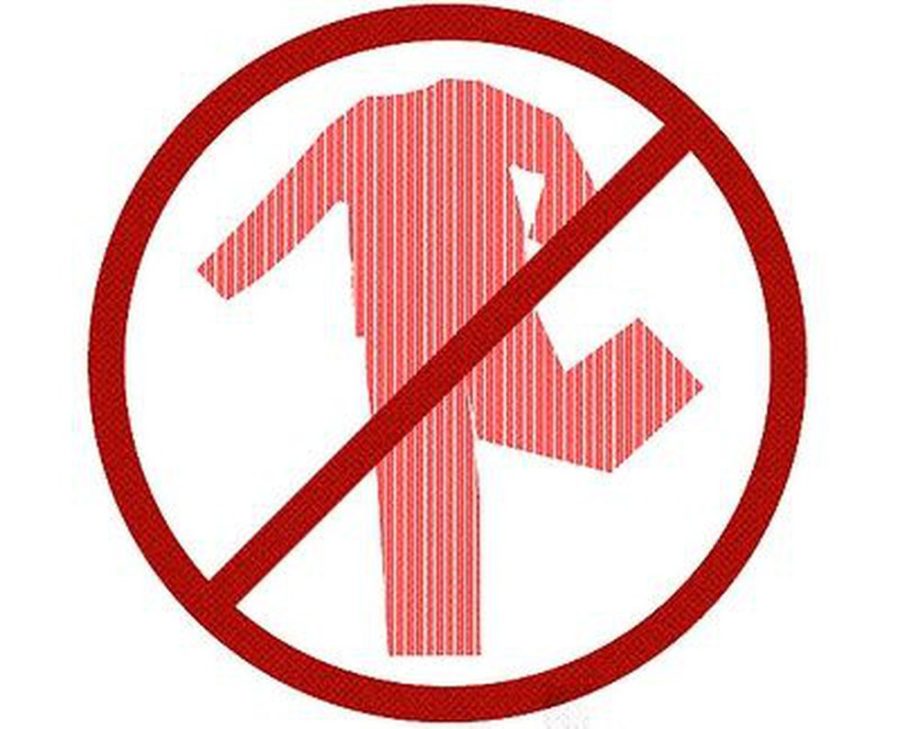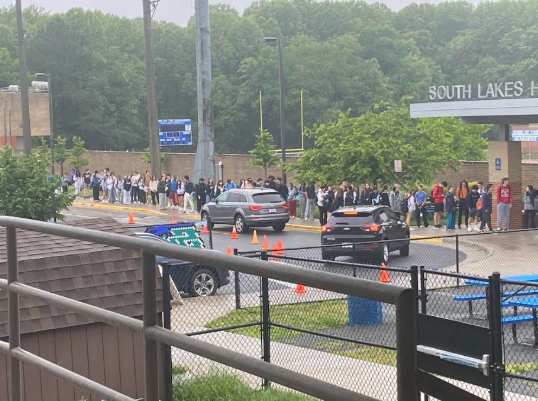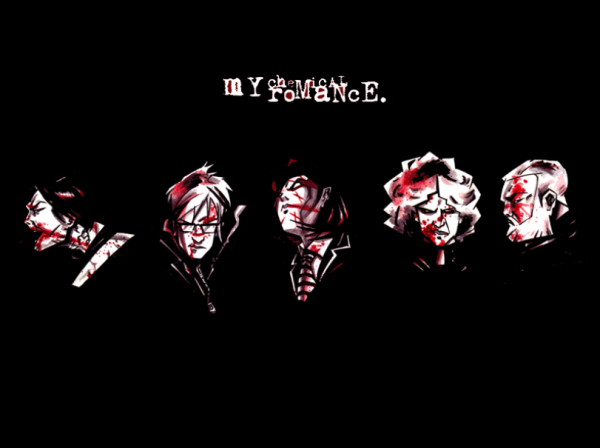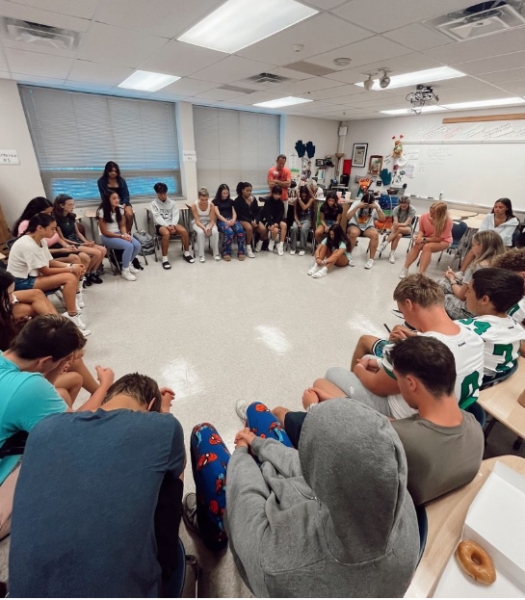Can you be dress coded for wearing pajamas?
In a recent review of the Students Right and Responsibility handbook (SR&R), discussion from the FCPS school board suggested possible changes to a number of student-related matters, one of which being the dress code. One revision in particular has caught the attention of many Fairfax County students and parents. Students will be prohibited from wearing pajamas or sleepwear to class.
Michelle Boyd, assistant superintendent for special services, spoke in a Zoom meeting about changes to the SR&R she intends to propose. While her dress code policy remains aligned with previous and standard regulations, one line of the drafted regulation reads: “pajamas or sleepwear, unless worn during Spirit Week or pajama day, [can’t be worn to school].” This has sparked conversation over what could be considered “pajamas or sleepwear”, to which Boyd commented: “Right now, our language and communication may not be as clear, but pajama bottoms are pajama bottoms.”
Students wearing pajamas to school is not a new trend, however after over a year of lounging around at home in nothing but pajamas, it seems that this has only escalated. Although it is becoming more common to see students in pajama bottoms and hoodies at school, there has not been a notable impact on their ability to participate in class. Because of this, there is confusion surrounding the purpose of this bill and what it aims to accomplish.
Sophomore Hadley Smith says, “I want to be comfy. School is already stressful [and] anxiety inducing, so why would you take something students have to comfort themselves?” She continues to say that her day to day routine would be affected by teachers who might reprimand students for wearing pajamas, even though they don’t break any pre-existing dress code rules.
Another concern is that the current dress code states that students who violate the dress code may be removed from class or face disciplinary action. This means that students who are deemed to be wearing “sleepwear” could be pulled from class and lose learning time. Hadley raises this point as well, saying ,“Are they going to start banning sweatpants? People wear sweatpants to school, people wear sweatpants to bed.” Sophomore Iman Hassan notes that sleepwear could be anything from pajama pants to hoodies, noting that there are no rigid borders that could eliminate coherency problems in the execution of this policy.
Senior Paul Figueroa compares this kind of regulation to the extreme and dystopian conditions of George Orwell’s “1984”. “I don’t think there should be any enforcement on [this ban], because if there is we can [end up] like 1984.” This analogy, although exaggerated, sums up how some students feel about the continued push on areas they are allowed to express themselves. Pajamas have never been a problematic area of discussion, and policies like this can feel like an attack on the student rather than their behavior. In the long run, the consequences of this solution may end up eclipsing the initial problem itself.
Grayson Quigley is a Junior at South Lakes and a first year journalism student. He’s excited to join the Sentinel as a Staff Writer. He enjoys reading...


















